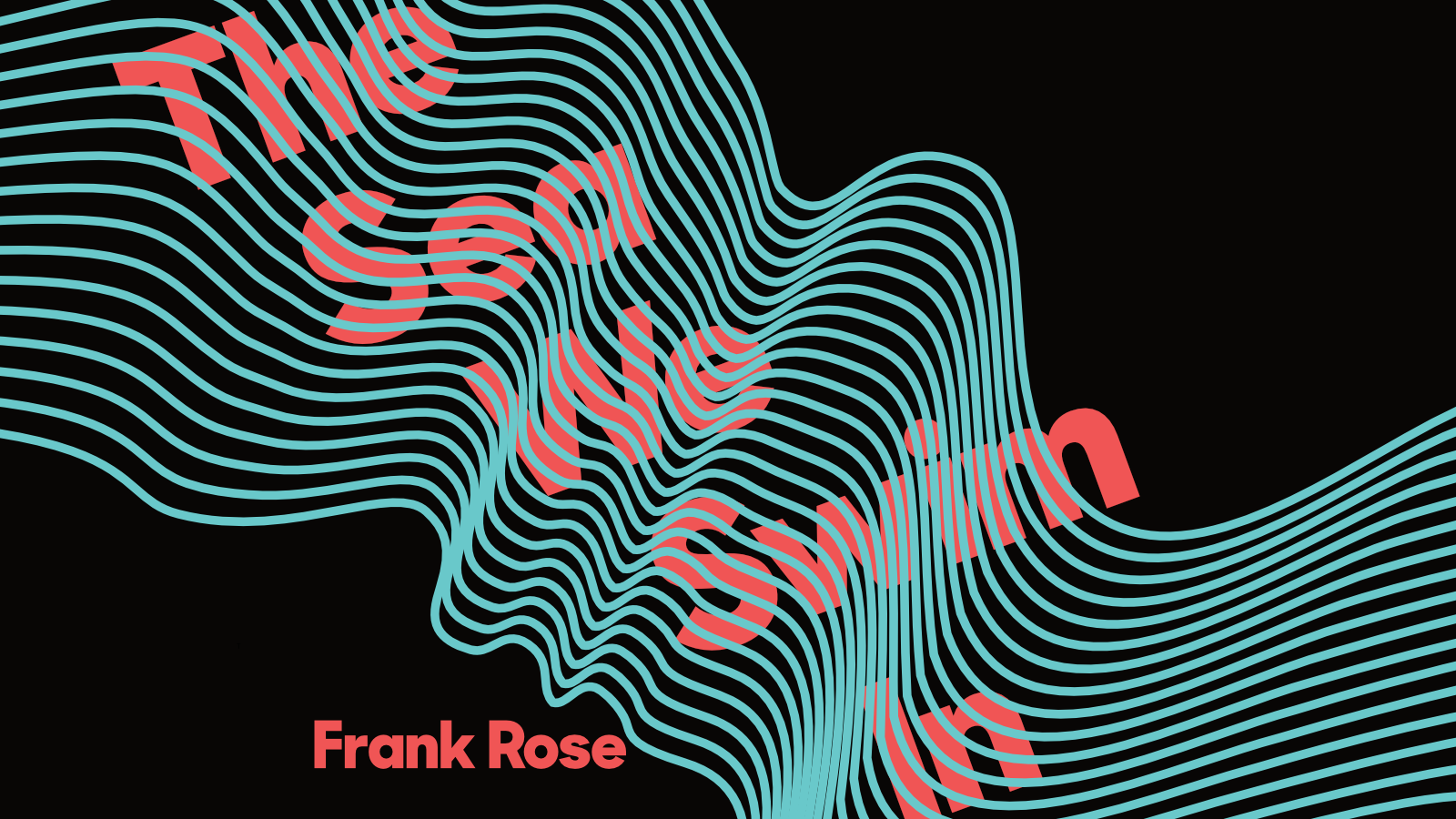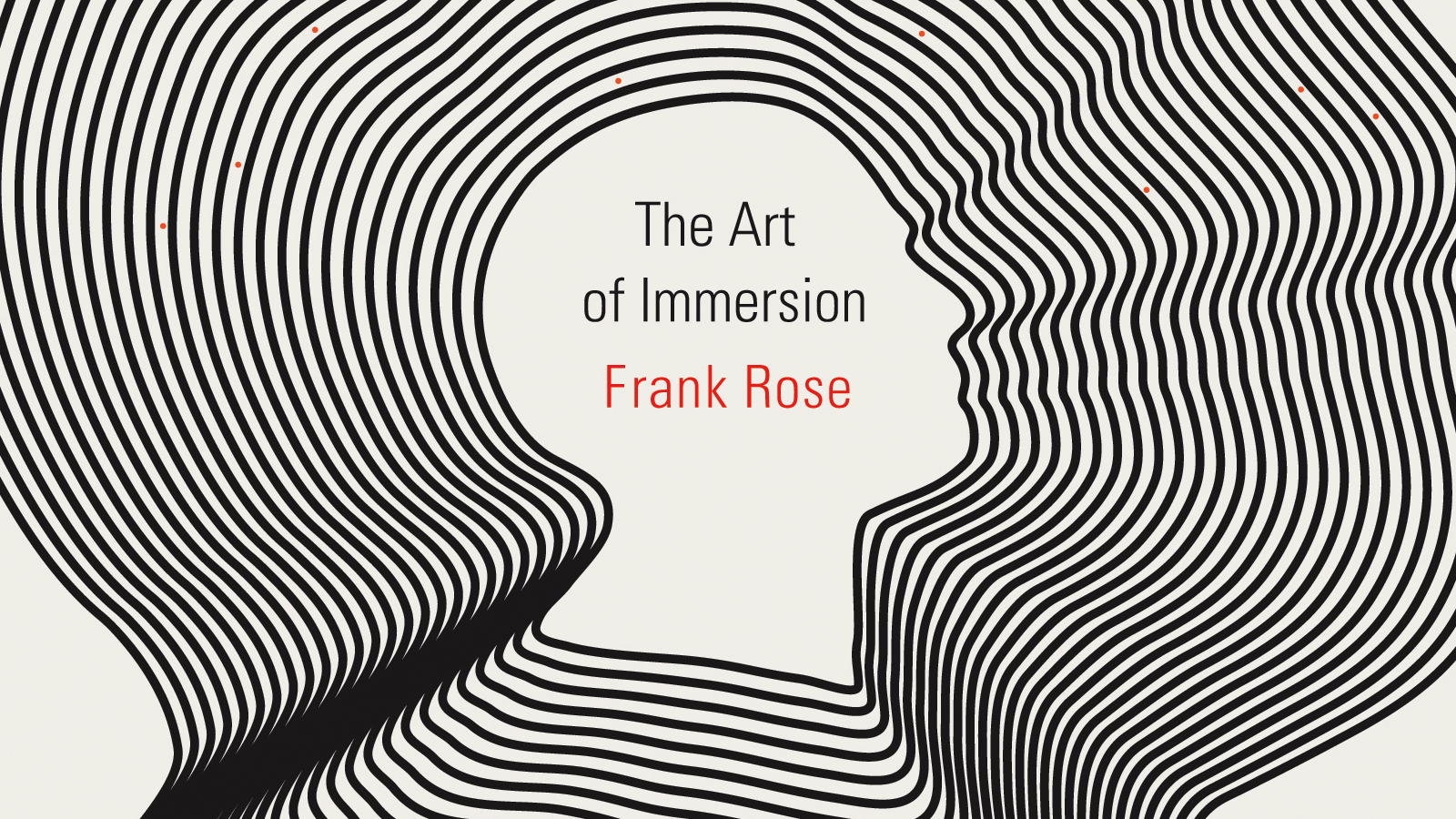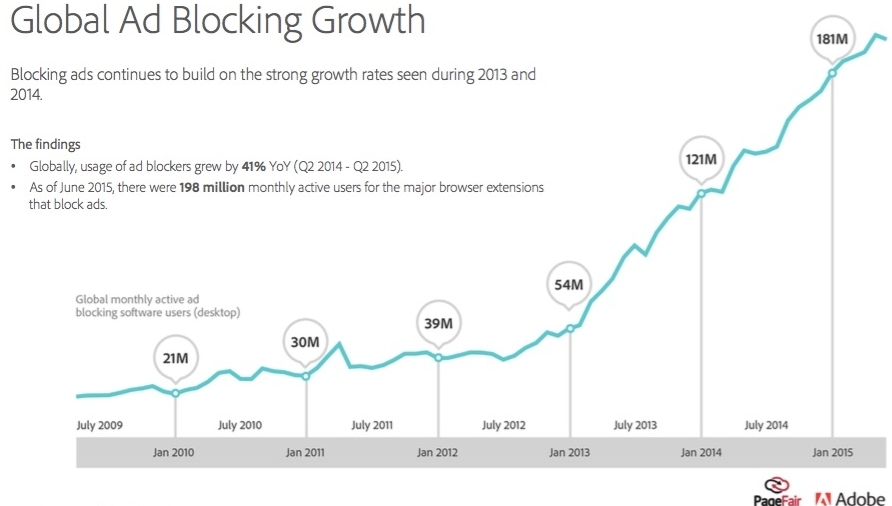
June 29, 2015
When I talk about the future of media, one of the images I use to illustrate the transition from industrial-scale, mass-circulation newspapers to what we’re seeing now is this one. It’s from the August 28, 1835 edition of the New York Sun, the paper that gave rise to the “penny press,” the journalistic innovators that jump-started the transition to industrial-scale mass media. Steam-powered presses were now making it possible to print far more newspapers in a couple of hours than ever before. But no matter how fast you printed them, you couldn’t make money selling these papers for a penny. So The Sun, founded by a 21-year-old entrepreneur, became one of the first American newspapers to hire journalists. More stories would draw more readers, the thinking went. And Day could sell those readers to advertisers, instituting the business model that newspapers have used ever since.
As The Sun‘s digital successors can tell you, attracting readers isn’t all that easy. But then, two years after its founding, The Sun pulled off one of the greatest media coups of all time: an exclusive report on a civilization of moon-dwellers that had supposedly been discovered by the great astronomer Sir John Herschel, using a telescope so powerful it caught fire and burned up the observatory. Readers were agog. Even scientists were taken in. Not until weeks later did The Sun admit it was all a hoax.
Well, at least they didn’t resort to listicles.
I was reminded of The Sun when I was reading Michael Massing’s series on digital journalism earlier this month in The New York Review of Books. Massing, a former executive editor of the Columbia Journalism Review, looks at the “first generation” of digital publications—Slate, Salon, Talking Points Memo, The Daily Beast, The Huffington Post—in the initial installment of a three-part series. In part two, he takes on their successors—BuzzFeed, Vox, Nate Silver’s FiveThirtyEight, Byliner, The Atavist. A final installment is promised for later this year.
For 20 years, the newspaper industry has faced the innovator’s dilemma. Digital journalism, Massing argues, is facing a dilemma of its own.
The Great Moon Hoax is instructive because it exposes the none-too-impressive origins of print journalism. Just as Toyota began with cheap sub-compacts and eventually created the Lexus, mass-circulation newspapers evolved from the penny press to the highly professionalized corporate operation that broke Watergate. But for the past 20 years or so, the newspaper industry has faced what Clayton Christensen calls the innovator’s dilemma: it’s being disrupted by newcomers who fill a basic need with something that’s not as good as what already exists but is cheaper and more accessible. Make that basic needs, because ever since the days of The Sun, newspapers (and print periodicals generally) have had two interlocking functions: to provide news to readers, and to provide readers to advertisers. Digital technology has disrupted them at both.
Massing doesn’t take digital publications to task for being lightweight or sensationalistic but for being timid. The problem he sees isn’t the predictable one of cat videos and listicles. It’s that digital journalism, for all its bluster and bravado, is actually too busy imitating its carbon-based predecessor to realize its full potential. It faces its own sort of dilemma.
Online publications are already following the same trajectory as Japanese automakers and mass circulation newspapers: clickbait headlines today, serious journalism tomorrow. Massing isn’t complaining that they aren’t moving up this curve fast enough. He’s saying they’ve lost sight of the potential that digital technology holds. The Huffington Post, he writes, “seems stuck in place, struggling to recapture the innovative spirit that had once defined it.” Slate, Salon, and The Daily Beast “rarely break news or cause a commotion.” As for BuzzFeed,
I was surprised by how conventional—and tame—most of its reports are. Much of BuzzFeed’s news feed seems indistinguishable from that of a wire service. Its investigations, while commendable, fall squarely within the parameters of investigative reporting as traditionally practiced in this country, with a narrow focus on managerial malfeasance, conflicts of interest, and workplace abuses. . . .
Could that change? BuzzFeed recently hired Hussein Kesvani, a reporter in London, to cover life among young Muslims in Britain. The site is also considering starting a beat on the status of women in India. If BuzzFeed were to head further in this direction, it could blaze a new path. . . . One way or another, BuzzFeed needs to become bolder and brasher. Otherwise, it will remain known mainly for its cat photos.
Harsh stuff—some would say too harsh. As David Carr once observed in his New York Times column, “If an abuse of power akin to Watergate happened today, it might not take the might and muscle of The Washington Post to get the story.” Mitt Romney may well have lost the last election because his “47 percent” speech was captured by a disgruntled waiter and published on the Web site of Mother Jones.
What redeems Massing’s analysis is his sense of what digital journalism could be. Too often, online publications act as if being online is innovation enough. They ought to be asking what digital can do that print can’t. Politico “scored a coup” by catching a Congressman padding his expense account, but it
rarely mounts sustained investigations into more systemic problems, like the way corporations have captured think tanks, or the hold that AIPAC and other lobbies have on Mideast policy, or the array of conservative groups working to kill a nuclear deal with Iran. The Internet, with its capacity for offering regular posts and updates and for chronicling links and collaborations, would seem ideally suited to exploring such matters and exposing the hidden wellsprings of power in Washington. Heading down that path, however, would require a radical rethinking of how to use the Web.
Why hasn’t this rethinking happened? So far Massing hasn’t really addressed this question, but he does offer the occasional hint. After noting that in 2011 HuffPo hired several well-regarded newspaper people in a brief spasm of journalistic ambition, he quotes one of them as writing when he left “that in a system governed largely by metrics, deep reporting and quality writing weigh in as a lack of productivity.” It’s a good point. Imitation is cheap, as the recent New Yorker profile of Emerson Spartz, the “king of clickbait,” makes clear. Innovation takes time, and without metrics that reward it, it’s not likely to happen. If we’re going to attain the “golden age of journalism” that Marc Andreessen predicted, that has to change.
Online metrics are my next topic, in the summer issue of The Milken Institute Review. More on that soon.












Comments
Comments are closed here.